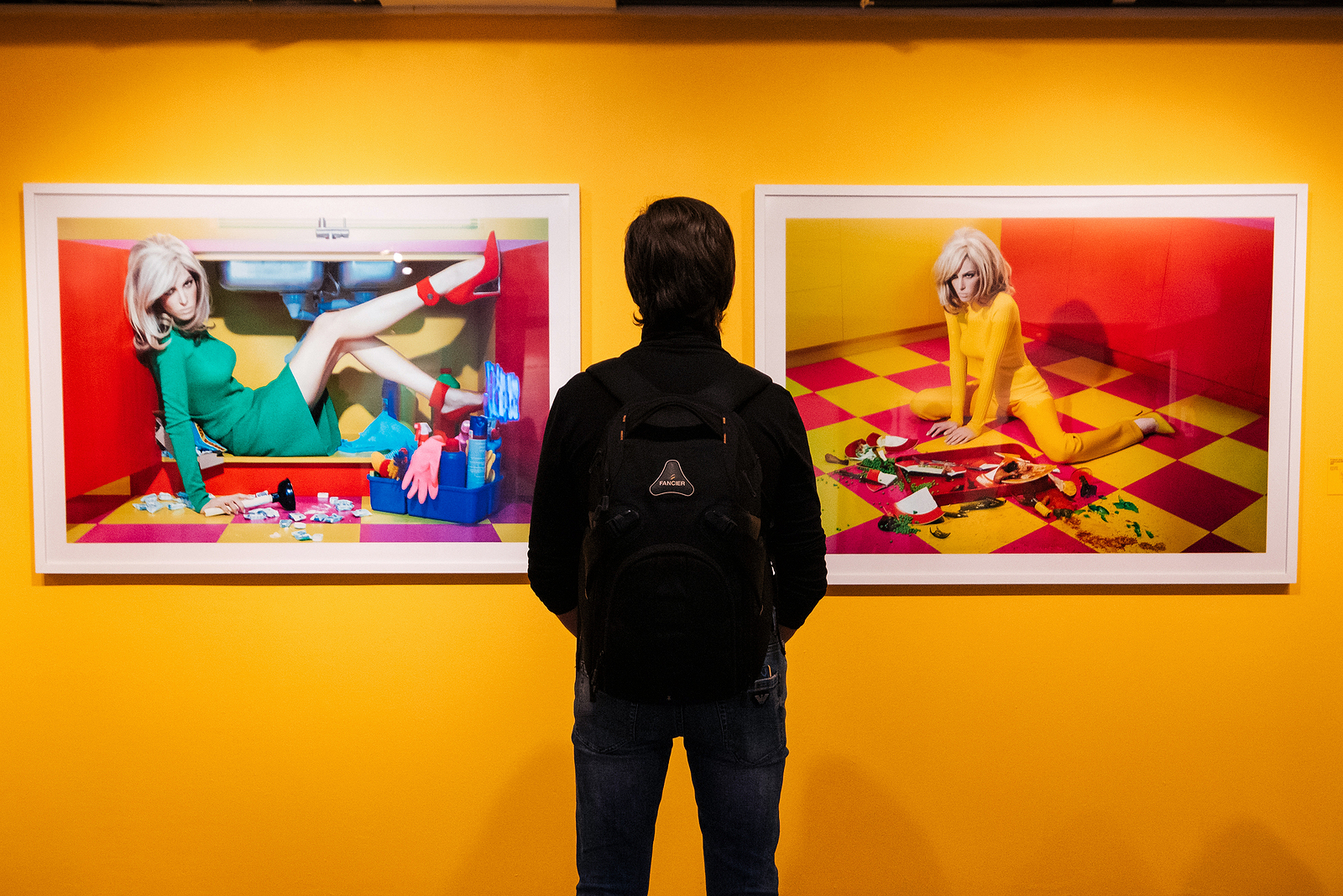Many people are still confused about why some artworks cost an arm and a leg while others can be bought for a mere song. The question of the value of art has always been the subject of endless argument, though the answers to it are quite plain to see.
Price does not appear out of thin air. Instead, there is an array of characteristics and factors that determine the worth of art, serving as the basis for its evaluation at galleries and museums. Knowing how art is valued is the underlying principle for every professional art collector and art adviser. Now, let’s get straight to the point!
The value of art: what determines the price of an artwork
Authenticity. First and foremost, the value of art depends on the originality of the art object. Fully authentic artworks have the highest price against the backdrop of fine art prints, copies, and – God forbid! – fakes.
Artist. The name of an artist plays a pivotal role in the price. The more celebrated and internationally recognized the artist is, the more valuable their art will be.
Condition & Quality. Unfortunately, not all artworks pass the quality test because of visible damage or other issues. Quality in this regard means the materials used in the process and, most importantly, the overall quality of an artwork.
Theme. A theme actually explains a lot about the context and the background of the work of art. That is when people interpret what they see and make it valuable with words. Still, it is a good strategy to enhance sales.
Market value. The market value cannot be ignored because this is quite a decisive factor. If no one is interested in buying paintings, nothing will be able to help.
Now you know not only how to determine the value of art but also how to answer the question, “Why on earth is this painting so expensive?” Sounds like a win-win!

